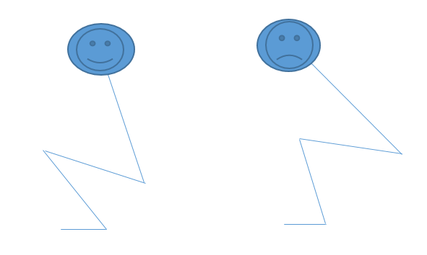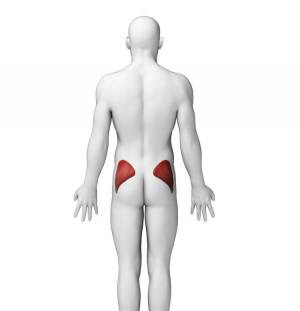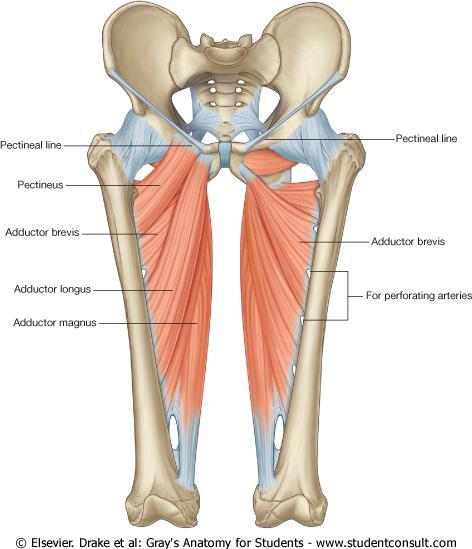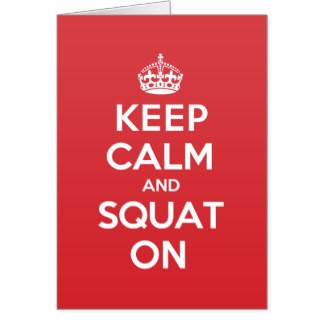Is Squatting Bad for My Knees? Part I
Jun 02, 2016Simply put, no. Squatting, specifically deep squatting, is actually beneficial for your muscles and tendons. If you simply wanted to know the answer to the question, that is the abridged version. But those “why” people (it’s ok, I am one too!) should continue reading.
Research tells us:
- The compressive forces at the knee are greatest at 90 degrees (at parallel). So the fans of squatting TO parallel rather than past parallel are still hitting the most stressful range.
- The body responds to the imposed stresses from deep squatting (with appropriate progression and form) by increasing the thickness of the tendons, ligaments and cartilage of the knee.
- The greatest glute activation is in the deepest part of the squat.
The Knee, the Middle Child
In my experience, the knee joint seems to be the most baffling to folks. So much emphasis is put on knee position during workouts that other (more important, in my opinion) joints are virtually ignored. It may be more beneficial to understand this joint if you view it as the middle child.
The ankle is like the oldest child. It sets the scene for how the other joints are allowed to act. If the older child is rebellious and does not behave as expected, the middle and youngest child will imitate the older sibling. Without the proper ankle mobility and foot strength, who cares what your knee and hip joints can do? The foundation for these multijoint movements is already the weakest link.
The hip joint is the youngest child. By this point, the parents are exhausted from the rebellious older child who influenced the middle child into its rebellious ways. The youngest child can get away with anything. Our hip joint is a large, strong joint complex that should be the prime mover during squats. Unfortunately we get so focused on the knees and ankles that we overlook the hips and allow them to “run free”. This presents in the form of decreased pelvic control during large movements like the squat.
Finally, the knee joint is the middle child of the family. It gets pushed and pulled by its siblings but never has a moment when it’s all about the knees. During foundational weightlifting movements, the knees never work alone. They are guided by their neighbors.
So what does this mean? The ankles are the steering wheel. If you do not have sufficient mobility in your ankle joint, your knees are predisposed to faulty movement patterns. But it’s not your knees' fault!!


Sad stick man on the right does not have great ankle mobility which causes his femur, the thigh, to be pushed backward. From this position the torso has nowhere to go but forward if he wants to remain standing. Throw a barbell in the front rack and the stress in concentrated on the knees, low back and upper body. With a barbell on the back rack, it will be harder to maintain spinal alignment, particularly in the bottom of the squat. This is often the position athletes attain when their hips raise well before their knees begin to straighten in a squat.
I don’t know what to do with my knees!
“Knees out!” is one of the most over-coached cues. Sure, it is a quick and easy fix in the middle of the workout but it is important that athletes understand what this means. If your knees are crashing in during a workout, the weakness is at your hip. A weak gluteus medius is often the culprit but it has an accomplice! If your hammies and glutes are weak and you attempt a heavy squat, your adductors are going to kick in to assist with hip extension. But the primary motion of these muscles is hip adduction, or knees together. Thus, crashing ensues. So strengthen your hip muscles and your knee position will improve.


If squatting is not bad for my knees, why do they hurt?
Undoubtedly, this will be the next question. There are several reasons that your knees may hurt during a squat. Some irreversible arthritis or previous injuries may be contributing but even these populations should be able to return to pain-free squatting. They just may need to try a different flavor than the traditional back squat.
Essentially, squatting is not bad for the knees but it is how you are squatting!
- Video yourself during a squat. Focus on your hips and knees, which moves first? A squat should be initiated with a hip hinge- hips back and then knees begin to bend. Athletes who initiate squatting with a knee bend are leaving their posterior chain out of the exercise. This can also be assessed by soreness after a heavy squat day. Are your quads sore? Your adductors? Ideally, you would feel the work was done by the glutes and hammies along with the quads.
- Is your posterior chain strong? Quad dominant athletes can experience greater occurrence of knee pain due to the strong and unopposed pull of the quadriceps tendon at the knee cap. Warming up with good mornings or RDLs can help get the posterior chain firing.
- Remember sad face stick man? I bet his knees hurt (and probably his back). Lacking mobility, particularly at the ankles, can cause athletes to assume less than ideal positions for the knee. If an athlete is squatting with their toes pointed outward well beyond normal they are able to mask the lack of ankle mobility by still achieving a squat below parallel. However, their knees are now in compromising positions and under load. Remember, the ankles drive the bus and the knees are just along for the ride.
Do I squat through the pain?
No! Our body is very good at letting us know when something is not right. Now, I am not referring to muscle fatigue pain but true pain. If the back squat is causing knee pain today, try another variation. There are plenty of flavors of squats that can be used for training while you work on mobility or strength deficits. Be sure to look out for my next article about finding the best squat flavor to suit you!
Moral of the story: squatting, even below parallel, is not bad for your knees. The squat is a fundamental movement pattern that all humans should be able to attain. If pain arises from this movement, remember it is how you are moving. Decrease the weight, video yourself performing a squat and pay attention to which muscle groups are doing the work. If you continue to have pain, contact us at Athletes’ Potential so we can watch you move and delve deeper into your individual movement patterns! Most importantly,

Thanks for reading,
-Dr. Jackie, PT, DPT, CSCS
- Hartmann H, Wirth K, Klusemann M. Analysis of the load on the knee joint and vertebral column with changes in squatting depth and weight load. Sports Med. 2013;43(10):993-1008.
- Swinton P, Lloyd R, Koegh J, Agouris I, Stewart A. The biomechanical comparison of the traditional squat, powerlifting squat, and box squat Journal of Strength and Conditioning Research. 2012;26(7):1805-1816.
Let us help you figure out to live your best active life today!
Remember, Movement is Medicine!

